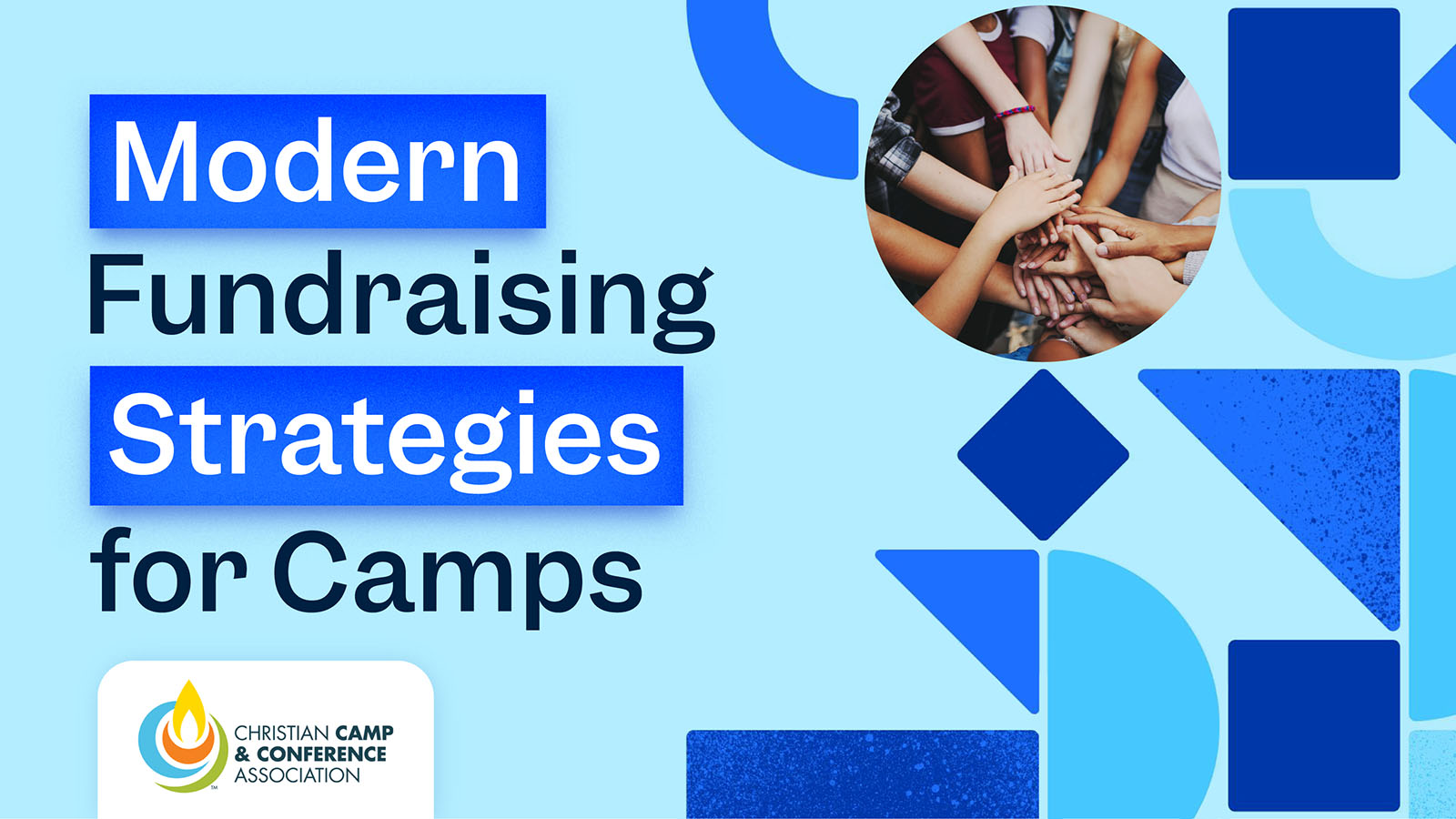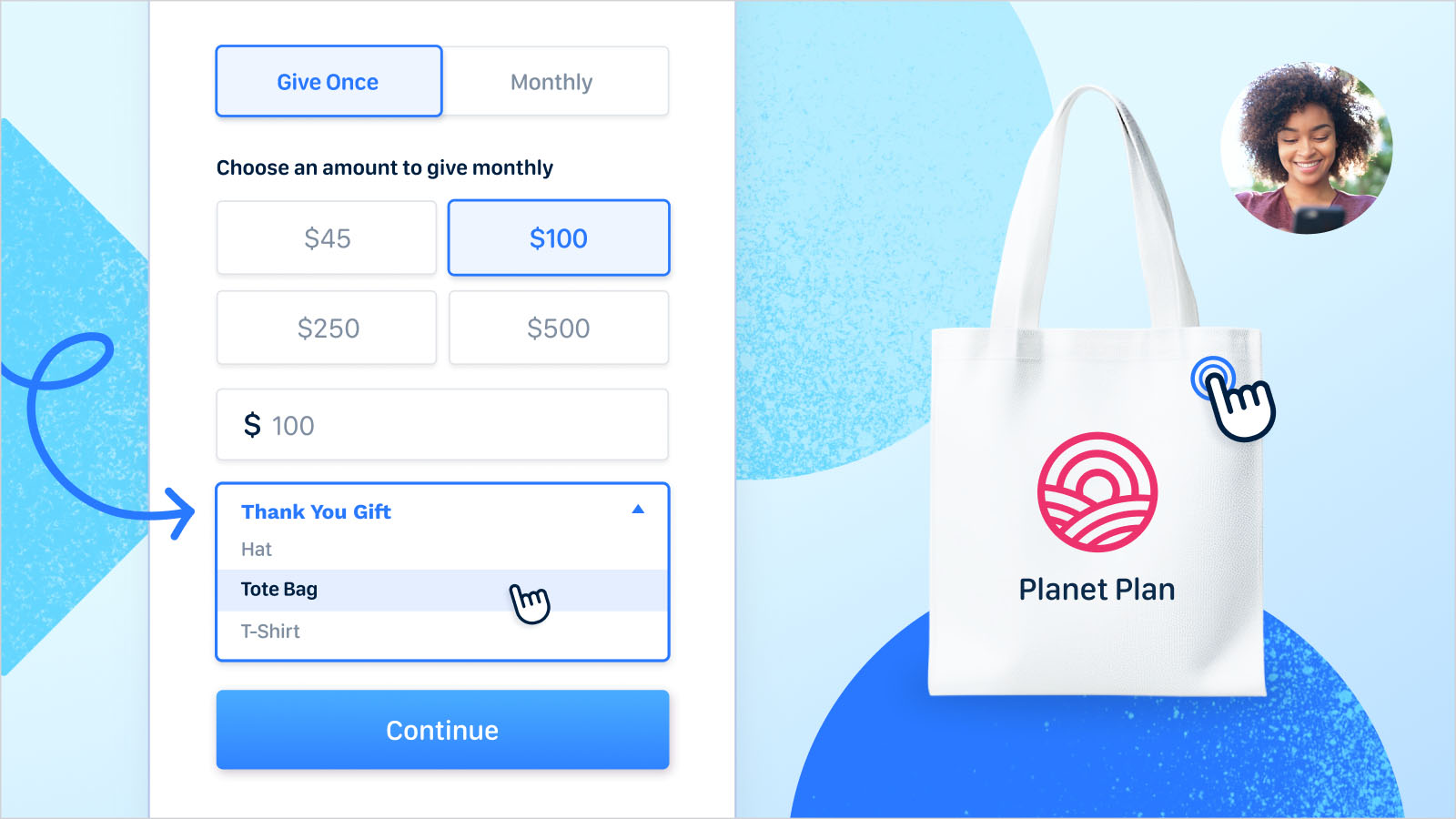Congratulations! You’ve made the decision to commit to a new fundraising software—or is it a new website? Ah, you’re rebranding, perhaps, or reworking your content strategy? Whatever big project you’re looking to tackle with the help of outside experts, it looks like you need a request for proposal—better known as an RFP.
But here’s the thing: nonprofits are notoriously short on time and resources. Heck, that’s probably why you’re looking for outside assistance in the first place. In that case, writing an RFP can seem like one more stress-inducing item on your ever-longer to-do list. Whether you’re struggling to get started, your skills feel a bit rusty, or you just don’t have time for this, we’ve got you. Here’s everything you ever wanted to know to write the best darn RFP in the nonprofit realm.
What is an RFP?
An RFP, which stands for request for proposal, is a document that outlines your specific project needs for potential vendors. It includes details the project scope, goals, and requirements for vendors so you can find the right fit at the right price.
What is an RFP in fundraising?
Given that you’re a fundraiser, you’re most likely to write an RFP to choose an external fundraising platform. After all, your choice of fundraising software impacts pretty much everything, including your fundraising strategy, donor engagement, organizational growth, staff workload, and overall giving experience.
There are a lot of options out there, and scheduling demo after demo without a clear idea of your specific needs can be exhausting—not to mention time-consuming. That’s where a fundraising software RFP comes in. By creating an RFP that clearly states your requirements, you can ensure you choose a vendor that offers all the features you need at a price you can afford—all served up with stellar customer service.
Need some help getting started? Funraise is here for you with our free fundraising software RFP template. (And we can also help by offering the best fundraising software in the market. Just saying.)
Why is an RFP important?
Because you deserve the best of the best at a reasonable price point. More specifically, here are a few benefits of sending out a solid RFP to multiple vendors.
Compare and contrast.
Hearing multiple vendors’ pitches allows you to do a side-by-side comparison and choose the best fit for your needs.
Save time.
While writing an RFP does consume some hard-won minutes, it will ultimately save you a lot of time compared to reaching out to individual vendors on your own.
Get competitive pricing.
By getting multiple bids for a project, you can compare pricing and even negotiate for a better rate.
Focus in.
Since you’re asking the questions, you can keep vendors focused on what matters most to you rather than wading through pages of irrelevant information. And if they stray too far afield, that’s a red flag for working with them.
Consider different strategies.
RFPs give you a snapshot of different vendors’ strategies, so you can discover creative solutions you didn’t even consider.
Ensure transparency.
As a nonprofit, you’re accountable to your donors, board, and others. An RFP is proof that you’re being diligent with your vendor choice and budget.
Perfect your project.
By asking vendors pointed questions and devising specific parameters, you’ll clarify and sharpen your project strategy, timeline, and budget.
What’s included in an RFP?
A great RFP is concise, clear, accessible, and tailored to your project needs. But one of the tricky parts about RFP-ing is that there’s no standard format. If you ask us (which you kinda did by reading this article), an RFP should include the key sections or elements below.
- Project overview. Kick things off with a brief summary of the project. The goal here is to give vendors enough information about the project and the problem you’re trying to solve so they can decide if they’re a potential fit and should read on.
- Nonprofit information. Set the stage with a brief (just a paragraph or two) overview of your nonprofit and its mission. You want to make sure any vendor you choose vibes with your cause and values.
- Project scope. Provide specific, solid details about the project parameters, including key tasks, goals, and deliverables. By ensuring each vendor knows exactly what you’re looking for, you’ll reduce project risks, define resources, and mitigate delays.
- Timeframe. Be upfront about key milestones and deadlines so vendors know if they have the bandwidth to complete the project on time. If you’re flexible, this is the place to mention that, too.
- Budget. If you have budget constraints, let everyone know it—even if it means certain vendors won’t respond. If you get a bunch of great pitches but you can’t afford them, you’re wasting everyone’s time.
- Necessary experience. If there are any must-have skills, experiences, or knowledge, disclose them now. Are you willing to work with a vendor who’s only done for-profit work? Are newbies welcome or do you need at least five years of experience? Are there any must-have software integrations?
- Roadblocks. Vendors should know if there are issues that might derail the project or make their job more difficult so they can address them in their strategy.
- Selection criteria and timeline. Here, lay out exactly what each applicant needs to include in their response, how you’ll go about choosing a vendor, and how long you expect it to take. If you’re using technical criteria to choose a vendor, you can share it.
- Vendor questions. You probably have some specific questions for would-be vendors, so put ‘em out there. While some RFPs have no questions, others have a kahillion (that’s a number, right?). To streamline the process, only ask questions that will truly help you select a vendor. For a few of our favs, check out our examples below.
- Submission guidelines. To make the process easier for everyone, clearly state where vendors should send their proposals, when they’re due, if you want electronic or hard copies, how many copies you want, and your preferred format.
- Thank you! You don’t need to include this at the end, but responding to an RFP takes a lot of time, so it sure is nice.
If you’re feeling overwhelmed by the prospect of creating an RFP, remember that you’ve probably been here before—you were just on the other side of the process. Foundations frequently invite nonprofits to respond to RFPs when submitting grant applications. Then, they can choose recipients that best fit their vision. When creating an RFP for your organization, consider what worked and what didn’t when you were the one responding.
The best RFP questions to ask vendors
If you want your RFP to work hard for you, giving you all the necessary details while weeding out any vendor mismatches, you have to ask the right questions. TBH, only you know exactly what your organization needs to succeed. But a little inspiration never hurt anyone, so here are a few must-ask fundraising RFP questions to consider asking prospective partners (dependent on your individual project needs).
- What security measures do you have in place?
- What languages/currencies do you support?
- Do you have a live support team? What’s their typical response time?
- What’s your user onboarding process like?
- On average, how much do your customers grow online revenue? Recurring revenue?
- What differentiates you from your competitors?
- What integrations are available with your product?
How the nonprofit RFP process works
With the various must-have RFP pieces squared away, we can move on to the process itself. What can you expect when it comes to writing and sending out an RFP? It all starts with a dream…
- Start with the basics
- Gather your team
- Decide on a timeline and budget
- Determine selection criteria
- Write the RFP
- Share the RFP
- Review proposals
- Follow up
- Crown the chosen vendor
- Negotiate!
- Sign a contract
- Notify everyone else
1. Start with the basics
Before you do anything else, you need to get all your internal ducks in a row. If you’re going to dive into the RFP process, you need everyone’s buy-in, which means:
- Ensuring that you really need outside support.
- Checking that you have the necessary funds.
- Determining who will take the lead, provide support, attend meetings, etc.
- Getting your board on board.
2. Gather your RFP/project team
If all the basics are good to go, you can forge ahead. But creating an RFP, evaluating proposals, and choosing a vendor is a big undertaking (even if you have Funraise’s amazing RFP resources to help you!). Choose someone to lead the process as well as two or three other folks to provide support and weigh in.
3. Figure out the timeline and budget
It’s fine to start typing that RFP and see where it goes, but there are two details you need to nail down before you lift a finger. What’s the budget and what’s the timeline? These two items will have a huge impact on which vendors reply and whom you select.
4. Determine key selection criteria
If you want your RFP to connect you to the best vendor, you need to know how you’ll actually make that choice. With a half-dozen great options in front of you, things can get murky pretty quickly. So, if you really want the best overall option, you’ll want to devise a fair grading system.
5. Write the RFP
And you already know what to include thanks to the list in the previous section!
6. Get the RFP out into the world
With your RFP ready to go, you just need to share it. You can send your RFP directly to vendors after soliciting recommendations or researching local companies. You can also post the RFP (for free!) on Philanthropy News Digest or the RFP Database.
7. Review the proposals
Now, it’s up to you! Nix anyone that’s clearly a mismatch, then put that selection criteria to good use.
8. Follow up with your favorites
Maybe you’ll have a clear winner; if so, that’s great. If not, based on all of the above, whittle your vendor options down to two or three favorites. Then, speak with them individually to address any lingering questions, ask for demos as needed, and follow up with references.
9. Choose a vendor
The fun part!
10. Negotiate as needed
You can accept the offer as is, or you can go back and negotiate. As you agree on details, update the contract for accuracy.
11. Sign on the dotted line
Huzzah; you made it!
12. Notify everyone else
Wait until the contract’s finalized to notify the candidates you didn’t choose that you’re moving forward with another vendor. After all, things don’t always go as planned, so you want to keep your options open.
RFP tips: How to write a really great, truly useful RFP
With expectations set, you can embark on your RFP-writing journey. Keeping in mind that the best RFP is one that meets your unique organizational needs, here are our top RFP tips.
Get stakeholder buy-in.
If you don’t get buy-in across all involved parties, you’ll never hear the end of it. Make sure to solicit feedback from the various stakeholders from the beginning. At the same time…
Streamline the process.
Don’t involve every person in the organization in the vendor selection process. Don’t send the RFP to your board and say, “I’d love your thoughts!” Don’t send out a 25-step RFP. What’s easier for you will be easier for your vendors will be easier for your organization.
Confirm what you don’t need.
Figuring out what you need in a solution is crucial, but so is figuring out what you don’t need. Extra features tend to cost extra (Funraise throws lots of ‘em in at no added cost, of course, but not everyone is as generous as we are), plus certain tasks could be great growth opportunities for staff, so you don’t want to over-outsource.
Make it readable.
While there isn’t a standard format for RFPs, no one likes huge blocks of text. Use subheadings and bullets to break up your RFP or format it into tables.
Do a little outside research.
Once you’ve received your submissions, peruse applicants’ sites and read a few reviews. If you’re unfamiliar with some of their offerings, look up what they’re talking about. You never know—they just might be offering the best solution you’ve never heard of. Be clear about word count and style.
Be transparent.
Make your expectations crystal clear; otherwise, you’re just wasting everyone’s time. If you’re not going to so much as glance at a software vendor that doesn’t support peer-to-peer fundraising (and we get that!), say so.
Cast a wide net.
Because there are a lot of vendors in the sea. Look for vendors with big names and those with less experience. Contact folks you know and those you don’t.
Keep everyone in the loop.
Nothing’s worse than waiting, waiting, waiting, so do your vendors the courtesy of keeping them updated. If you’re running behind schedule, send an update. If something changes, update. When they move to the finalist round, update. When you don’t choose someone… you guessed it.
Be fair.
Give your applicants plenty of time to respond. Answer any clarifying questions promptly. And when you answer those questions, be sure to share your responses with the other candidates to ensure a fair process. If you want to be really extra fair, you can provide feedback to those you don’t choose once the selection process has ended. We promise they’ll appreciate it!
Consider a qualifying round.
We’re all about humane hiring around here, and that includes outside vendors. Responding to an RFP takes a whole lot of time and resources (read: money), so if you want to be a real mensch, you can do an initial qualifying round in which candidates send an introductory letter in response to a short project summary. Then, you can move your favorites onto the main event.
Balance your question types.
Open-ended questions give applicants the opportunity to customize their responses and dazzle you with their creativity. Yes-or-no and multiple-choice questions, however, make it easier to compare and contrast your options. A mix of both is the best of both worlds.
You write an RFP because you have a definite need that you can’t meet internally. And yet creating an RFP takes time, energy, and resources, and most of those are in short supply for busy nonprofiteers. We hope our guide has eased the burden a bit so that you can get writing, get bids, and get more productive.
RFP FAQs
What’s the difference between an RFP vs. RFI vs. RFQ?
An RFP is a request for proposal, an RFI is a request for information, and an RFQ is a request for quotation. You use an RFP to compare vendor information. You use an RFI if you’re still in the planning stage and exploring possible solutions. And you use an RFQ if you know exactly what you want and need to know the cost.
How do you format an RFP?
There’s no standard way to format an RFP, but you want to aim for readability. Make sure you divide the document using subheaders, break up dense text with bullet points, and leave plenty of white space. You can also use tables with blank cells for vendor responses.
How many bids should you get for an RFP?
There’s no magic number of bids you should get for an RFP. Some projects are highly specialized, and you’ll only find a couple of qualified vendors. If you post your RFP in a public forum, you could get dozens of bids. And for other projects, you’ll land somewhere in the middle.
How long is a typical RFP?
Try to keep your RFP to fewer than 10 pages—five is even better. RFPs take a lot of time and effort for all parties involved. If you’re clear with your requirements and pointed with your questions, you don’t need your candidates to write a novella.































.webp)
.webp)











.webp)
.webp)

.webp)
.webp)
.webp)




